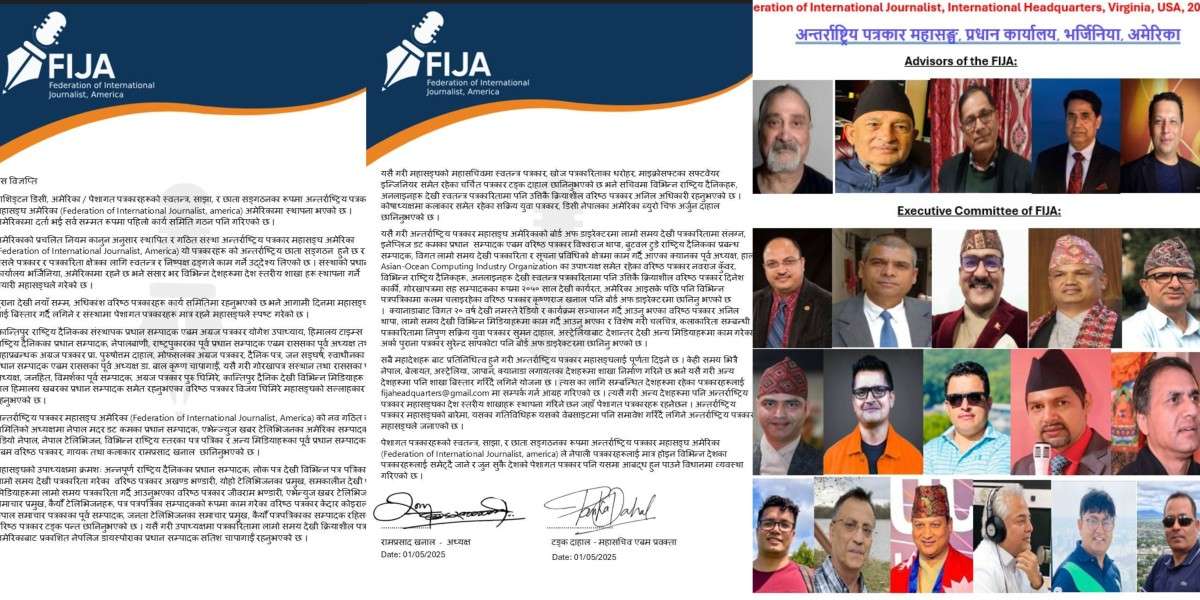New Patterns in the Dalit Movement in Nepal
- Dignity Post
- 09-11-2024 01:58

The Dalit community in Nepal has long been at the forefront of the struggle against caste-based discrimination and untouchability. Over time, as awareness of human rights grew among the Dalits, a robust movement emerged, seeking to dismantle these systemic injustices. This movement, often referred to as the Dalit Movement, has a deep historical context, marked by resilience, sacrifice, and an unyielding quest for equality.
Early Struggles: The Birth of the Dalit Movement
For centuries, Dalits in Nepal were subjected to inhumane treatment due to the entrenched caste system. They were labeled "untouchables" and excluded from mainstream society. Their plight was largely ignored, and their voices suppressed. However, by the early 20th century, sparks of resistance began to appear.
In 1940 (1997 B.S.), Sarvajeet Vishwakarma, along with a few allies, initiated a structured movement in Baglung, western Nepal. Their mission was clear: to unite Dalits and challenge the discriminatory practices that had dehumanized their community for generations. Around the same period, Sahashra Nath Kapali began similar efforts in the Kathmandu Valley.
These efforts culminated in the formation of Vishwo Sarvajan Sangh (World's People's Organization) in 1946 (2003 B.S.) under Vishwakarma’s leadership. This organization became the first formal body advocating for Dalit rights, setting the foundation for subsequent movements. Over the decades, numerous other Dalit organizations have emerged, contributing to the fight for equality through both formal and grassroots activism.
Progress and Persistent Challenges
Despite the relentless efforts of Dalit activists, progress has been slow and uneven. The introduction of the new constitution brought hope, as it included specific provisions aimed at empowering Dalits. However, the government's lackluster implementation of these provisions has led to widespread disillusionment within the community.
The recent exclusion of Dalits from the new 25-member cabinet and diplomatic appointments further highlights the systemic marginalization they continue to face. Such actions send a clear message that Dalits remain underrepresented and overlooked in decision-making processes.
The Rise of Youth Activism: A New Chapter
A new wave of Dalit activism has emerged in response to these persistent injustices, led by dynamic young leaders. Among them, Khagendra Sunar stands out as a passionate and articulate advocate for Dalit rights. Under his leadership, a group of Dalit youths launched a bold Dalits for Dalits campaign.
From August 6 to September 19, 2024, Sunar and his team staged a peaceful sit-in at Maitighar Mandala, Kathmandu. They donned iron rings around their necks, wrists, and ankles, symbolizing the chains of oppression. Their slogan, "Dalit Lai Khai?" (Where is the space for Dalits?), poignantly questioned the government’s commitment to upholding constitutional promises.
The campaign garnered widespread attention and support from various sectors. Prominent political leaders, including former Prime Minister Dr. Baburam Bhattarai and ex-Minister Rajendra Mahato, visited the protest site to express solidarity. Civil rights activists like Dr. Govinda K.C., Dr. Drona P. Rasali, and Tara Baral also lent their support.
A Historic Gathering: The Constitution Day Rally
The campaign culminated on Constitution Day, September 19, 2024, with a massive rally of over 10,000 participants. The rally, which began at Maitighar Mandala and proceeded to New Baneshwor Square, was a powerful demonstration of unity and determination.
At New Baneshwor, Sunar delivered a stirring three-hour speech, addressing the myriad injustices faced by Dalits. He recounted harrowing incidents, such as the tragic Soti Massacre of 23 May 2020, in which 6 peoples of the so-called lower caste group Dalits and marginalized peoples including Mr. Nava Raj Vishwakarma were massacred, and nearly 12 others from the Dalits majority were beaten brutally and made injured. The massacre, triggered by an inter-caste love affair, highlighted the deadly consequences of caste-based discrimination.
Sunar’s speech was emotionally charged, reflecting the pain and resilience of the Dalit community. He called for collective action, urging Dalits to rise against oppression and demand tangible results, not just hollow promises.
Building a New Strategy
Sunar's movement is distinguished by its strategic approach and the unwavering commitment of its members. Key figures like Khagendra Sunar’s strong aids like Keshav Nepali, Rem B.K., Tek Narayan B.K., Bharat B.K., Umesh Sunar, Lalit, and other marginalized communities have become integral to the campaign’s success. Together, they are crafting a new strategy to end caste-based discrimination in all sectors of Nepalese society.
This new pattern of activism combines grassroots mobilization with strategic advocacy, aiming to create a more inclusive society. The movement draws inspiration from global campaigns like Black Lives Matter, emphasizing the universal struggle for justice and equality.
The Way Forward
The voice of Nepal’s six million Dalits, encapsulated in the slogan "Dalit Lai Khai?", resonates deeply with those who understand the long history of marginalization and exclusion. The movement led by Khagendra Sunar and his team offers a beacon of hope for the Dalit community, signaling a new era of assertive and organized activism.
As the Dalit movement evolves, the government and society at large must recognize and address the legitimate grievances of the Dalit community. Justice delayed is justice denied, and the time has come for Nepal to honor its constitutional commitments to all its citizens.
In the words of Sunar, "This is the right time to wake up. Together, we can end centuries of discrimination and build a society where every individual, regardless of caste, can live with dignity and equality."
Let us stand in solidarity with this movement, amplifying the voices of the oppressed and ensuring that justice prevails. The path may be challenging, but with collective effort and unwavering resolve, the dream of a discrimination-free Nepal can become a reality.
The writer is a Forefront's Senior Dalit leader











Conversation